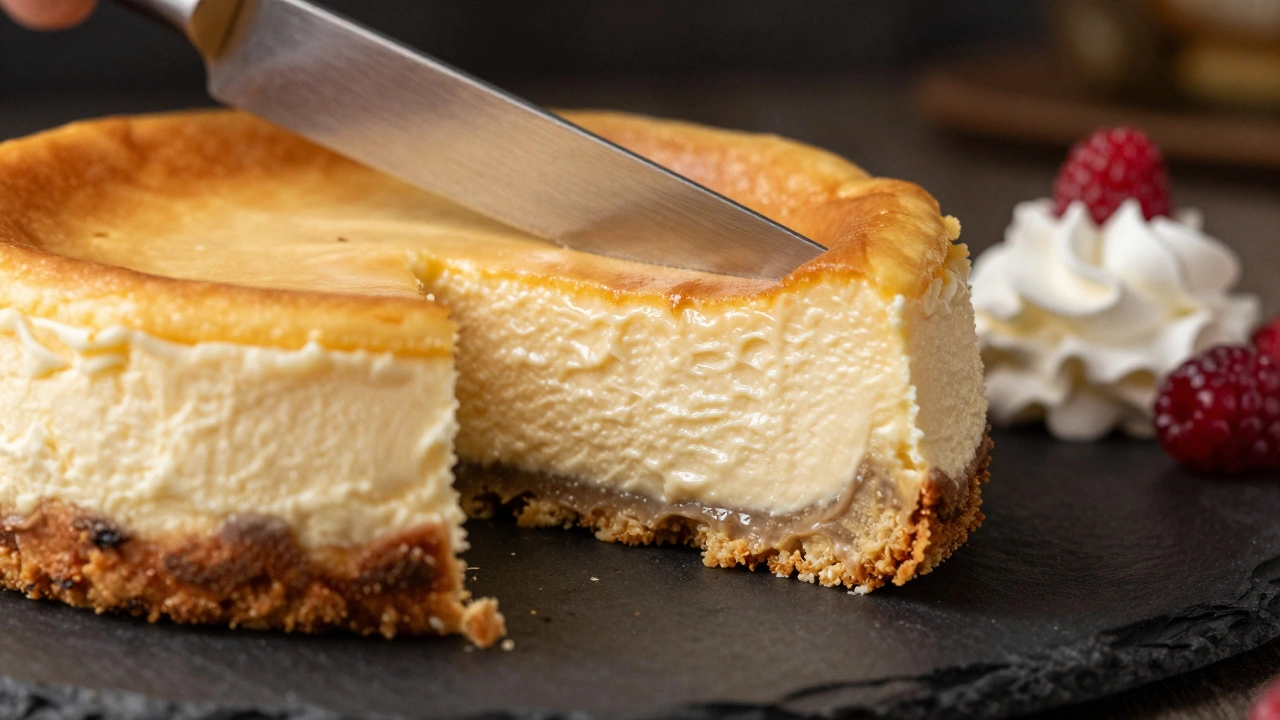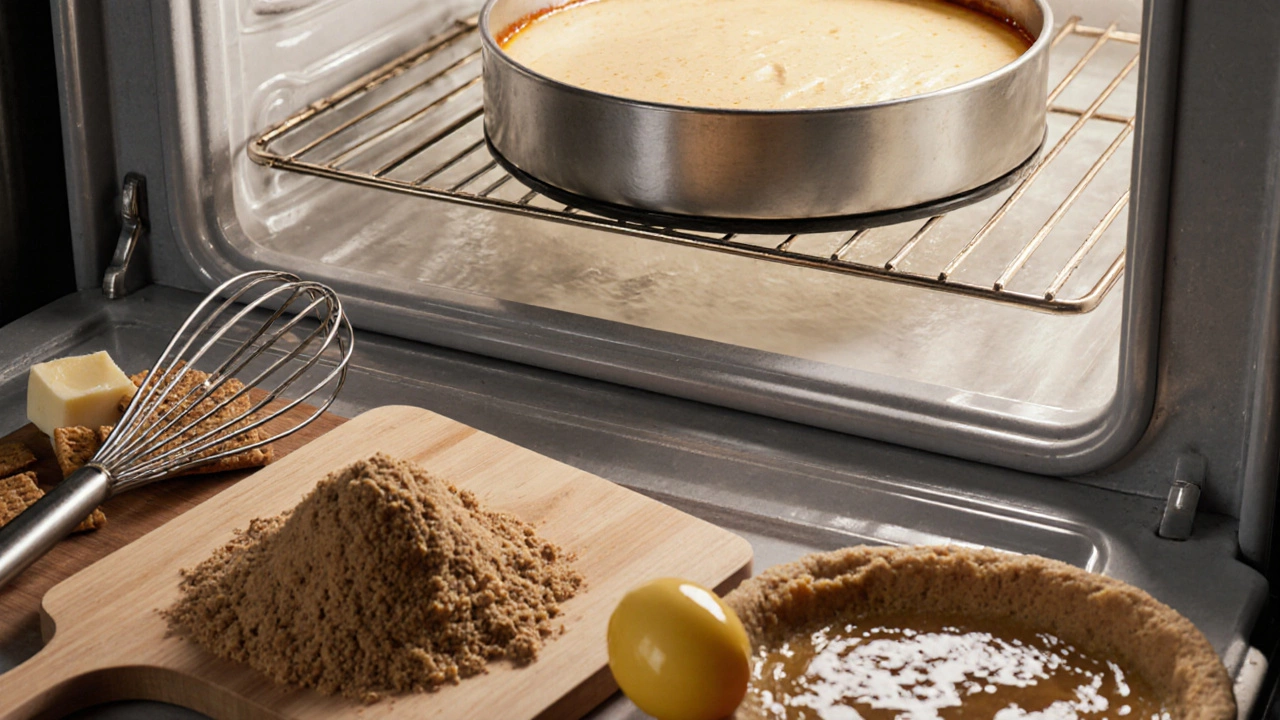
What Makes a Cheesecake Dense or Fluffy? The Science Behind the Texture
Discover why some cheesecakes are rich and dense while others are light and fluffy. Learn how cream cheese, eggs, sugar, and baking method control texture in every slice.
If you’ve ever cut into a cheesecake that was too gritty, too dry, or wobbly, you know how disappointing it can be. The secret to a great cheesecake isn’t magic; it’s about controlling a few simple factors. Below you’ll find the most useful tips to keep your cheesecake smooth, creamy, and just the right firmness.
First off, the cheese you choose matters. Full‑fat cream cheese gives a richer, silkier mouthfeel, while low‑fat versions can turn the crumb into a grainy mess. If you like a lighter texture, blend half cream cheese with ricotta or mascarpone—just make sure everything is at room temperature before you mix.
Second, don’t over‑mix. When you whip the batter, you incorporate air, and that air expands while baking, creating cracks and a spongy texture. Mix just until the ingredients are smooth; you’ll see a glossy batter with no visible streaks.
Third, the bake method is a game‑changer. A water bath (bain‑marie) keeps the oven’s heat gentle and uniform, preventing the edges from over‑cooking while the center stays too soft. Wrap the springform pan in foil, set it in a larger pan, and pour hot water half‑way up the sides.
Lastly, cooling matters just as much as baking. Let the cheesecake sit in the turned‑off oven for an hour with the door ajar. This slow drop in temperature stops the center from cracking. After that, chill it in the fridge for at least four hours before slicing.
1. Prep the crust. Crush graham crackers (or digestive biscuits) with a little melted butter. Press the mix into the pan and bake for 10 minutes at 350°F. Let it cool while you make the filling.
2. Soften the cheese. Cut cream cheese into cubes and let it sit for 15 minutes. Add sugar and beat on low until smooth. Avoid high speeds that pull in air.
3. Add the wet ingredients. Mix in sour cream, vanilla, and eggs one at a time. Eggs should be at room temperature; this helps the batter stay even‑tempered.
4. Prep the water bath. Wrap the pan in foil, place it in a larger roasting pan, and fill with hot water. Carefully slide the filled pan into a pre‑heated 325°F oven.
5. Bake until just set. The edges should look firm, but the center will still jiggle a bit—like gelatin. This tells you it’s done; over‑baking makes a dry, rubbery slice.
6. Cool slowly. Turn off the oven, crack the door, and let the cheesecake sit for an hour. Then move it to the fridge and chill thoroughly.
7. Serve right. Run a thin knife around the edge before releasing the springform. Slice with a hot, wet knife for clean cuts.
Follow these steps, and you’ll consistently get a cheesecake that feels like a velvety cloud—no cracks, no grainy bites. Experiment with flavor add‑ins like lemon zest or cocoa, but keep the base technique the same. Happy baking!

Discover why some cheesecakes are rich and dense while others are light and fluffy. Learn how cream cheese, eggs, sugar, and baking method control texture in every slice.

Explore the pros and cons of baked versus no‑bake cheesecake, from texture and flavor to prep time, so you can pick the perfect style for any occasion.

Ever wondered what goes wrong if you get heavy-handed with the sour cream in your cheesecake? This article lays out how too much sour cream affects the texture, taste, and structure of your dessert. You'll pick up smart tips for fixes and learn the best ratio for creamy, balanced cheesecake. Practical advice and a dash of fun make spooky mistakes less likely. Next time you reach for the sour cream, you'll know exactly how much to grab.